
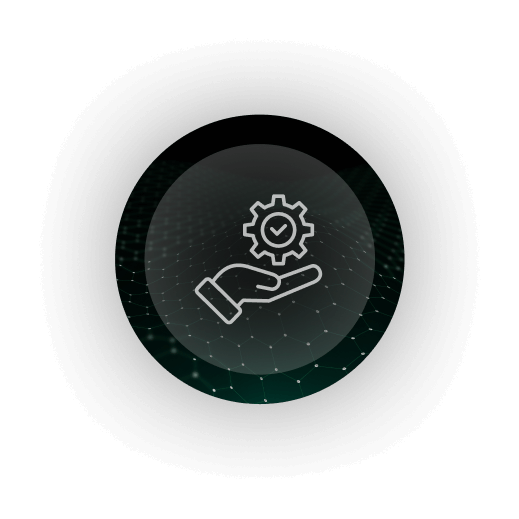
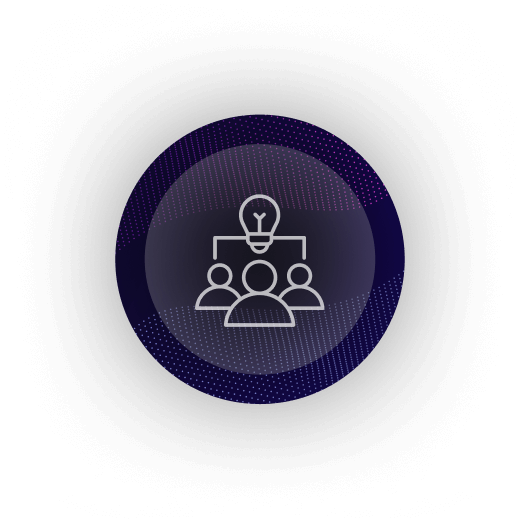


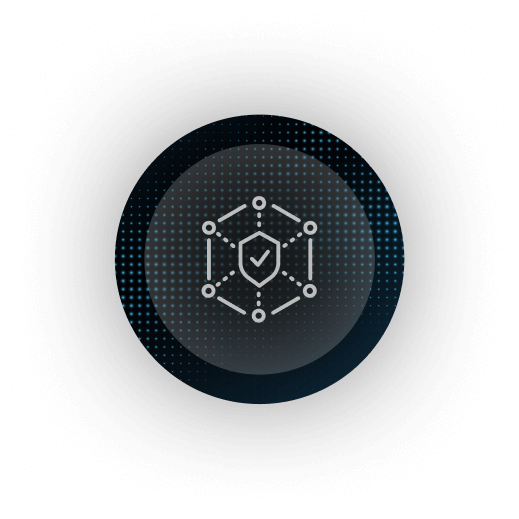

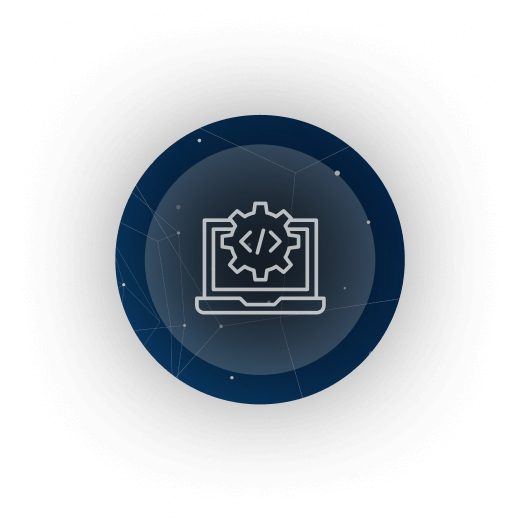
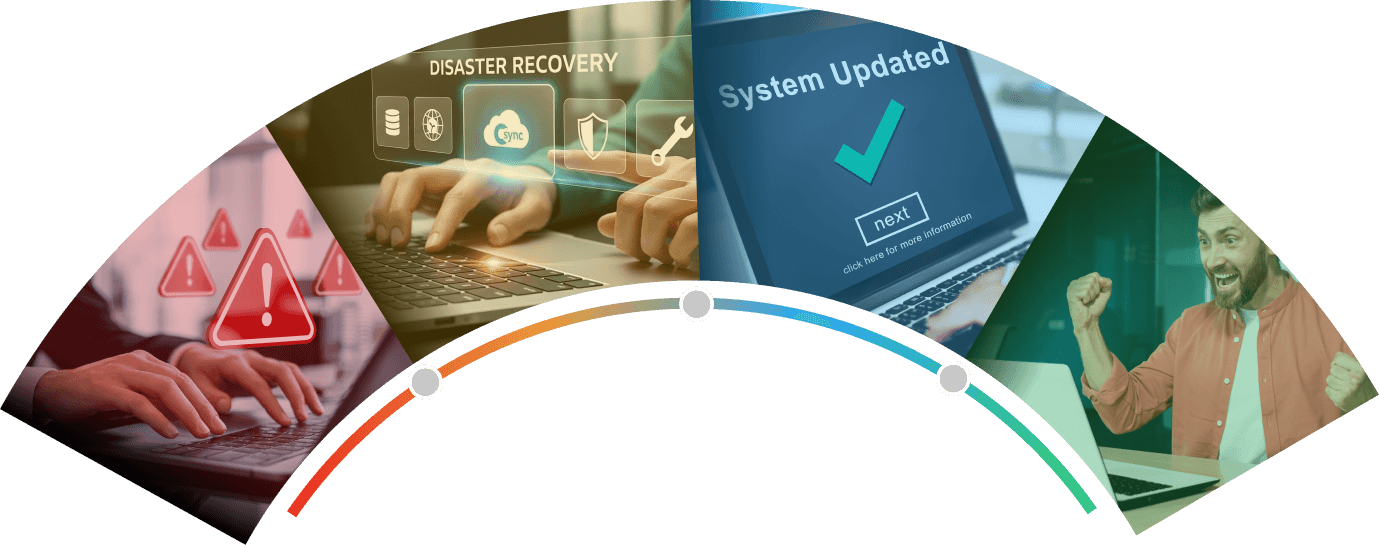
Every organization depends on technology to operate, but systems are never immune to disruption. Hardware can fail, power can be lost, and malicious actors can target vulnerabilities. Even simple human error can lead to prolonged downtime or the loss of vital information. Catapult Computing provides disaster recovery solutions that prepare your business to react quickly, restore essential systems, and safeguard data so continuity is never left to chance.




Preparation is the starting point of resilience. Our process begins with a comprehensive review of your IT environment and the threats most likely to impact it. By aligning strategies with your risks, we create recovery plans that are tailored to the unique realities of your business.
Even the best strategy must translate into action during a crisis. We develop frameworks that ensure every employee understands their responsibilities and can carry them out quickly. Clear direction reduces hesitation and allows restoration efforts to begin immediately.
A recovery plan is more than a technical safeguard — it is a business continuity tool. Our structured approach enables companies to withstand disruption and continue delivering services even when conditions are at their most challenging.
Information is replicated securely across multiple environments, protecting against corruption or system failure and ensuring files remain accessible.
Failover mechanisms and redundant systems provide alternative capacity when primary resources are compromised, keeping critical functions active.
Core applications are prioritized during recovery, allowing essential business processes to resume first.
Regular drills simulate real disruptions, allowing staff to practice response steps and validate the effectiveness of their strategies.
A distribution company depends on its warehouse management system to process orders and track shipments. During a storm, power is lost across the region, and servers are shut down. Without disaster recovery in place, operations grind to a halt. Orders pile up, customers face delays, and competitors seize the opportunity.
With Catapult Computing’s disaster recovery strategy, mirrored systems come online immediately. Off-site data replication enables the warehouse team to resume processing orders within hours. Clients remain supported, deadlines are met, and long-term trust is preserved. The disruption becomes a minor setback rather than a business crisis.


Disaster recovery planning is not static. A plan that looks good on paper may fail if it is never tested in practice. Catapult Computing builds validation directly into every strategy so our clients can see results long before an incident occurs.
We conduct controlled recovery drills that simulate real-world threats, including server outages, ransomware attacks, and regional power failures. These exercises demonstrate whether processes can withstand pressure, highlight gaps that require attention, and prepare staff to act with confidence.
Validation is not a one-time activity. We schedule regular testing intervals, update plans as technology changes, and incorporate lessons from each round into the next. This cycle ensures that disaster recovery strategies remain practical, effective, and fully aligned with your evolving organization.
Recovery strategies must evolve in step with changing risks and technologies. Catapult Computing reviews recovery plans regularly, updating them to account for compliance requirements, lessons from past events, and industry best practices. This process ensures resilience improves year after year. We also track trends that shape future risks, from the rise of ransomware to shifting regulations. By adapting early, our clients maintain recovery strategies that are relevant, reliable, and ready.
Different industries face different vulnerabilities, and no two recovery plans are alike. Catapult Computing builds strategies that recognize these distinctions:

Disaster recovery is not about predicting the exact nature of the next crisis — it is about ensuring your organization can withstand whatever may come. Catapult Computing creates structured, adaptable strategies that keep data, systems, and operations functioning when it matters most.
Get Started